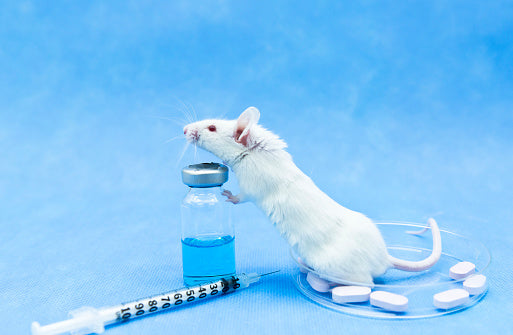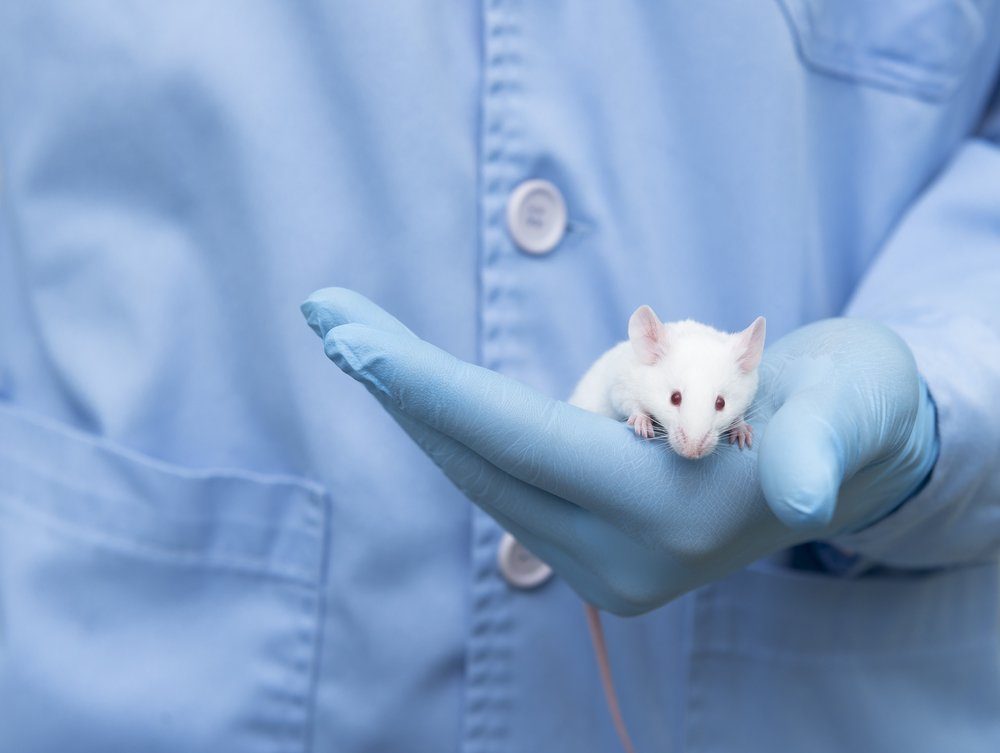Participant feedback:
It was a great webinar! - FA, LUC
Your webinar was very helpful! - TW, UVM
Thank you for holding this webinar! - JG, UCLA
Thanks for a very interesting presentation! - ME, MIT
Thank you so much for your presentation, it was very informative! - EJ, MCW
Thank you for that wonderful webinar! - NS, TTUHSC
Thank you for the valuable info! - CM, UA
In this presentation, we reviewed studies and published literature on ClearH2O's gel products and discussed how they have been successful in orally delivering a broad range of drugs from general husbandry therapeutics (analgesics, antibiotics, antiparasitics...) to specific compounds such as antiviral treatments, chemotherapies or pesticides. If you have missed the live webinar, fear not, our recording is available on-demand! Simply click on the link below to access it. In this blog article, we will focus on pain: its definition, treatment options, and how to use our gels for the management of pain in your laboratory rodents.
ACCESS THE ON-DEMAND WEBINAR RECORDING
What is Pain?
Pain is defined as an uncomfortable sensory and/or emotional experience associated with injury or illness.
There are 4 different types of pain that you can encounter in the laboratory animals:
- Acute: short in duration, related to soft-tissue injury, subsides after the injury heals
- Chronic: persists beyond 3 months, often due to a health condition or disease
- Nociceptive pain: caused by external injury / damage to body tissue
- Neuropathic pain: damage to the nerves / nervous system
There are 3 types of stimuli that can cause pain:
- Thermal: temperature tolerance (heat or cold)
- Mechanical: pressure, pinch, tension
- Chemical / inflammatory: infection, injury, immune response
The pain pathway is a 4 step process, as described on the image below:

So should you treat your animals' pain? IT IS A BIG RESOUNDING YES! Pain is a major welfare issue. Not only is pain treatment an ethical and legal obligation in the humane care of laboratory animals, it is also a huge variable in your experiments! Pain decreases immune function, impedes healing and alters many behaviors (sleeping, grooming…) as well as water and food intake. In your research, pain can affect your scientific results and hamper the reproducibility of your experiments. Studies have shown that untreated pain is a greater variable than providing analgesics!
To learn more about the effect of unalleviated pain, see our previous blog post:
Pain is a Variable that Affects Data Reproducibility
How to Treat Pain in Laboratory Rodents?
There are different drug categories that you can use in the lab:
- NSAIDs (carprofen, meloxicam, piroxicam …)
- Antipyretics (acetaminophen, aspirin, ibuprofen…)
- Opioids (morphine, buprenorphine, tramadol, fentanyl…)
The drugs you choose to use depend on a multitude of factors:
- Species or strains
- Research models
- Drug interaction
- Pain severity
- Treatment duration
- Facility/IACUC approval
There are different routes of administration you can use:
- Water: many medications, particularly non-water soluble, will settle out, decreasing the amount of drug that animals actually get. You might need to shake the bottles daily, adding technician time.
- Feed: medicated feed usually needs to be special ordered for your experiment; they are not in stock in the vivarium and expire quickly.
- Gavage: this method is very time consuming, and stressful for both animals and technicians. Moreover, even with trained and skilled caretakers, animal loss due to reflux and blockage of the airways is very common.
- Injections: this technique adds stress from handling and restraint, and additional pain at the site of injection. Repetitive injections can lead to decrease water and food consumption, and longer recovery times.
- Gels: our favorite approach here at ClearH2O! Studies have shown that providing medications through gel products provide a higher, more constant and sustained level of drug delivery. They also provide additional hydration and nutrition, supporting a better and faster recovery.
To learn more about the benefits of good nutrition for better recovery, see our blog post:
Proper Perioperative Procedures in Rodents Promote Faster Recovery
We asked the webinars attendees what drugs they used and through what routes of administration. The results are represented in the graph below: while injections are still the most used way of administration, there is a growing interest in using other methods, including gels.

There are also two techniques that you should consider implementing to improve pain relief:
-
Pre-emptive analgesia: The Guide for the Care and Use of Laboratory Animals states that “Preemptive analgesia (the administration of preoperative and intraoperative analgesia) enhances intraoperative patient stability and optimizes postoperative care and well-being by reducing postoperative pain”. It also helps prevent pain sensitization of the nervous system, and its lasting consequences such as:
- Allodynia: pain from a non-painful stimulus (that does not usually provoke pain)
- Hyperalgesia: increased pain response or sensitivity to a painful stimulus (that normally causes pain)
- Multimodal approach: it is a pharmacologic method which consists in the administration of at least two drugs that act by different mechanisms, and/or using at least two different routes of administration. For example, you could combine an injection of buprenorphine during surgery, followed by a gel cup with carprofen in the cage post-operatively.
Pain Management: the Efficiency of Oral Delivery
In our webinar, we reviewed many studies and publications that showed the many advantages of using gels for medication delivery
- they are easy to use, convenient to store
- the medications can be added in with a very simple protocol (see video tutorial), at the customized concentration you need
- they are highly palatable, improving consumption of even unpleasent drugs
- the drug plasma levels reach the therapeutic dose and are higher and steadier than with injections
To find studies related to your drug of interest, please see the chart below (m=mice; r=rats):
| MediGel® Sucralose Blog MGS |
MediGel® Hazelnut Blog MGH |
MediDrop® Sucralose Blog MDS |
|
| Carprofen |
Blog AALAS (m) Poster P9 (m) Blog Pain Med (m) Bull CPF (m) Bull CPF/MLX (m) Poster UNE I (m) Wardelmann 2021 (m) |
Cho 2019 (m) | |
| Meloxicam |
Blog AALAS (m) Poster P51 (m) Blog Pain Med (m) Bull CPF/MLX (m) |
Bull MD (m) Cho 2019 (m) |
|
| Acetaminophen |
Blog APAP (r) Poster AALAS-19 (r) Christy 2014 (m) Rowley 2021 (r) |
||
| Ibuprofen | Chauhan 2016 (r) | Bull MD (m) | |
| Buprenorphine | Hovard 2014 (m) |
Blog Nutella (r) Poster UNE II (r) |
Cho 2019 (m) |
For more information, please visit our website www.clearh2o.com
For access to full length article, please see our resources section
To try our products first hand, fill out our samples request form!




Leave a comment
All comments are moderated before being published.
This site is protected by hCaptcha and the hCaptcha Privacy Policy and Terms of Service apply.